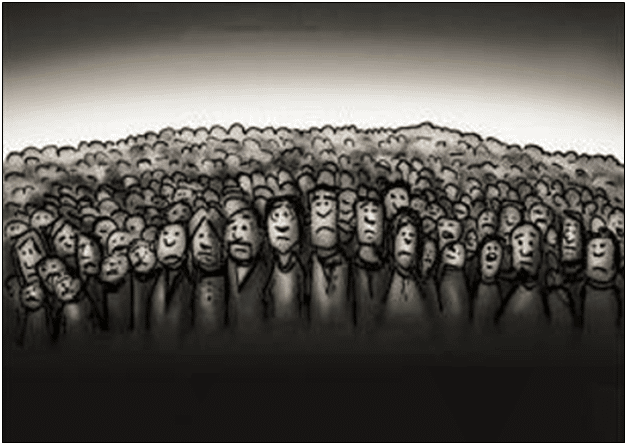The number of Americans not in the labor force increased by 845,000 to 100.5 million Dec. 2023, according the latest data from the Bureau of Labor Statistics (BLS) household survey, including 436,000 who were over the age of 65, as the Baby Boomer retirement wave continues en force.
In the same month, 635,000 fewer Americans reported having jobs on a seasonal basis, 145,000 of whom were seniors (although seniors are measured by BLS on a non-seasonal basis). So, there’s a lot of seniors leaving the labor force, some of who are losing jobs, but there’s also a lot of Americans younger than 65 who are leaving the labor force and losing jobs, too, in the household survey.
Which is what usually happens during slowdowns and recessions, a certain amount of Americans will lose their jobs and then eventually leave the labor force as they give up looking for work.
What has been unusual during the current period is the number of seniors leaving the labor force, which is leading to labor shortages and mitigating what otherwise might be a steeper downturn.
Job openings peaked at 12 million in March 2022 and are now down to 8.79 million, a 27 percent decrease, which again, usually happens in slowdowns and recessions.
And yet, 8.79 million job openings as the senior retirement wave occurs might be more than enough to keep the unemployment rate relatively lower than it otherwise might be.
In fact, since June 2008, the number of seniors not in the labor force has increased by 68.7 percent from 19 million to more than 32.1 million, underscoring the demographic shift that is going on.
During that same time, from June 2008 to today, the percent of the working aged non-institutional population 65 years old and older has increased from 15.8 percent to 22 percent.
So, in 2021 and 2022, the U.S. has experience particularly high inflation, peaking at 9.1 percent annualized in June 2022. Now, it’s the down to 3.1 percent. Coming off peak inflation like that, again, is usually associated with slowdowns and recessions. Inflation goes down, and unemployment should go up, which the Federal Reserve projects will peak at 4.1 percent this year. Right now, unemployment is at 3.7 percent. That’s an implied 670,000 potential job losses dead ahead—if the Fed is right.
Whether the Bureau of Economic Research books it officially as a recession or not remains to be seen, but matters little. It could be that the recession that might have otherwise occurred is absorbed by retirement wave. But then again, it might not. We’ll see. Stay tuned.
Robert Romano is the Vice President of Public Policy at Americans for Limited Government Foundation.







